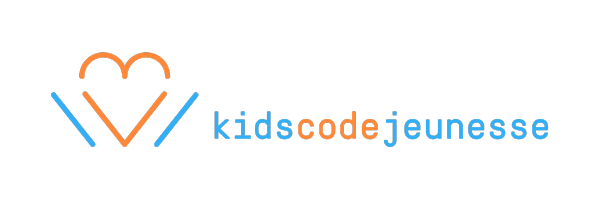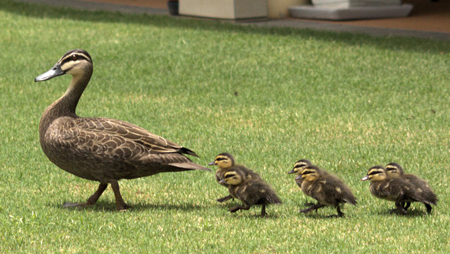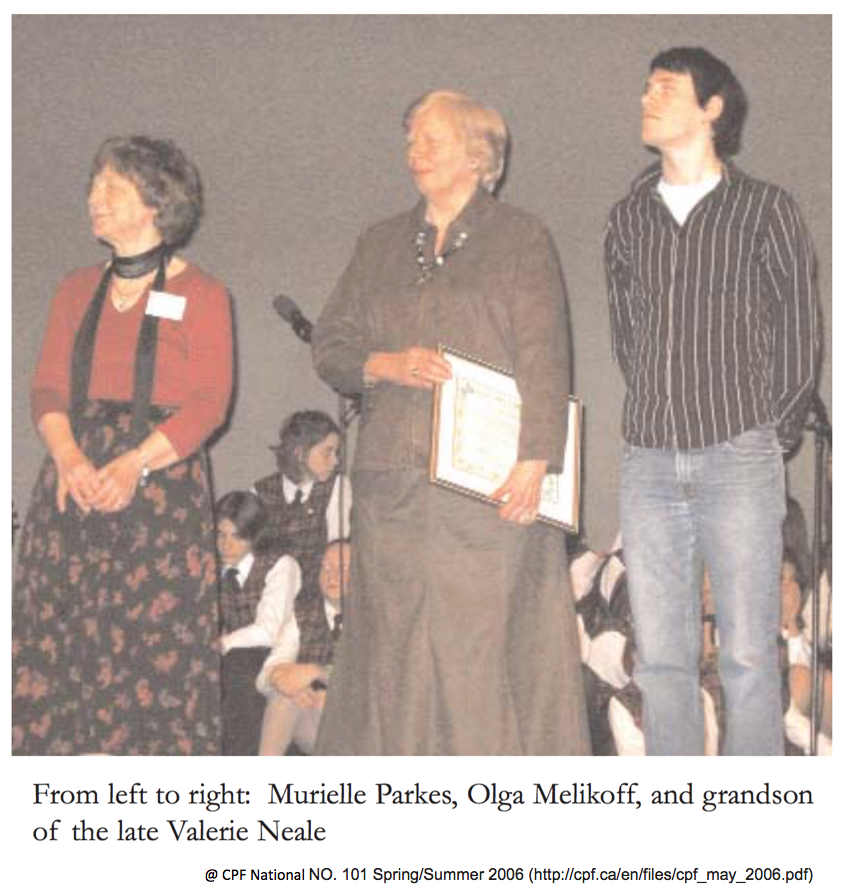This week’s blog post comes from Nadia Sheikh, a software engineering student at Concordia University and a teacher with Kids Code Jeunesse, an organization that teaches and promotes coding for kids. LEARN and Kids Code Jeunesse will be offering a new session of Saturday coding classes beginning October 15.
I came to the field of software engineering later in life than most of fellow students. Prior to enrolling in a software engineering program at Concordia, I had studied law, philosophy and neuroscience. Despite the plethora of men in my family, including my father, who are engineers, the field was one I had never considered an option for myself. It seemed an impossibility. After all, engineers were Math people and I was a middling Math student at best. I was a reader and the highest grades I received were in History and English, so clearly I was an Arts person. At the ripe age of eight, I decided that my future lay in the humanities. It took a continental move, six petrifying months with rats in a lab, and an offhand suggestion for me to even consider that I could be a software engineer.
My experience, it appears, is not an uncommon one. In 2010, a report published by the Natural Sciences and Engineering Research Council of Canada noted that although the number of women outnumber the number of males enrolled in an undergraduate degree by 40%, women make up only 37% of students enrolled in a natural science and engineering degree. Under representation is even more prevalent when only engineering and computer science are considered, with females making up only 16.9% of students enrolled in engineering or computer science bachelors in Canada for the 2008 – 2009 academic year. The literature review conducted by NSERC identifies a range of reasons many of which seem to characterize my experience including: stereotypes of femininity and masculinity, girls holding themselves to higher standards than boys, girls lacking confidence in their mathematical ability when compared to boys and a lack of female role models in natural science and technology fields.
Although I entered my studies at Concordia with trepidation and have been challenged academically, I have found many of my prior perceptions, those that kept me out of the field of software engineering and quaking with fear amongst my lab rats, to be unfounded. Software engineering, I have found is not just for mathematicians but for creators and dreamers, and those like me, with a penchant for abstraction. Although mathematical proficiency is required, this proficiency is not simply endowed but can be acquired with deliberate practice, in my case motivated by a desire to create. I am not as I feared, the sole woman, struggling, at the bottom of my class. Although a minority, I am surrounded by women classmates and professors, all of whom vary academically, in personality, and in how they choose to express their femininity. Key to these realizations has been exposure to coding and the world of code. It is this exposure that I seek to give kids as I teach them to code through the classes given by Kids Code Jeunesse and LEARN. In creating projects using Scratch or CSS and HTML or Python, my students are given an opportunity to gain confidence as producers of media, and not merely consumers of it. They engage in computational thinking divorced from mathematics, utilizing skills such as abstraction, decomposition and pattern recognition to transform the seed of an idea in their very human minds into one that can be realized by a computer. They are given a safe environment to fail and then reiterate as snippets of code fail to perform as expected. They may be challenged, in looking at their instructors and their fellow students to see who is a software engineer or computer scientist and who can code.
Key to these realizations has been exposure to coding and the world of code. It is this exposure that I seek to give kids as I teach them to code through the classes given by Kids Code Jeunesse and LEARN. In creating projects using Scratch or CSS and HTML or Python, my students are given an opportunity to gain confidence as producers of media, and not merely consumers of it. They engage in computational thinking divorced from mathematics, utilizing skills such as abstraction, decomposition and pattern recognition to transform the seed of an idea in their very human minds into one that can be realized by a computer. They are given a safe environment to fail and then reiterate as snippets of code fail to perform as expected. They may be challenged, in looking at their instructors and their fellow students to see who is a software engineer or computer scientist and who can code.
The exposure gleaned in my classes is not intended to convert but to empower kids to make informed choices as they look to their futures. It is an attempt to reveal to them a potential, one that they may or may not choose to nurture, and to dispel false barriers. No child at the naïve age of eight should be placing themselves in the silo of being an Arts person or a Math person.
If you want to read more about how to nurture girls’ interest in science, check out these posts:
- Engaging Girls in Technology: Anyone, anyone? by Kristine Thibeault
- Small steps to nurturing girls interest in STEM careers by Chris Colley







Great story and inspiring. Every time I read narratives like this I appreciate the impact of mindset on realizing human potential.
Don’t forget Concordia’s public lecture series on October 20th: “ONE WOMAN’S JOURNEY IN PHYSICS. Renowned physicist Mary K. Gaillard will recount some of her experiences as a woman in a male-dominated field. For more details: https://www.concordia.ca/events/cuevents/finearts/oscar-peterson/2016/10/20/mary-k-gaillard-lecture.html